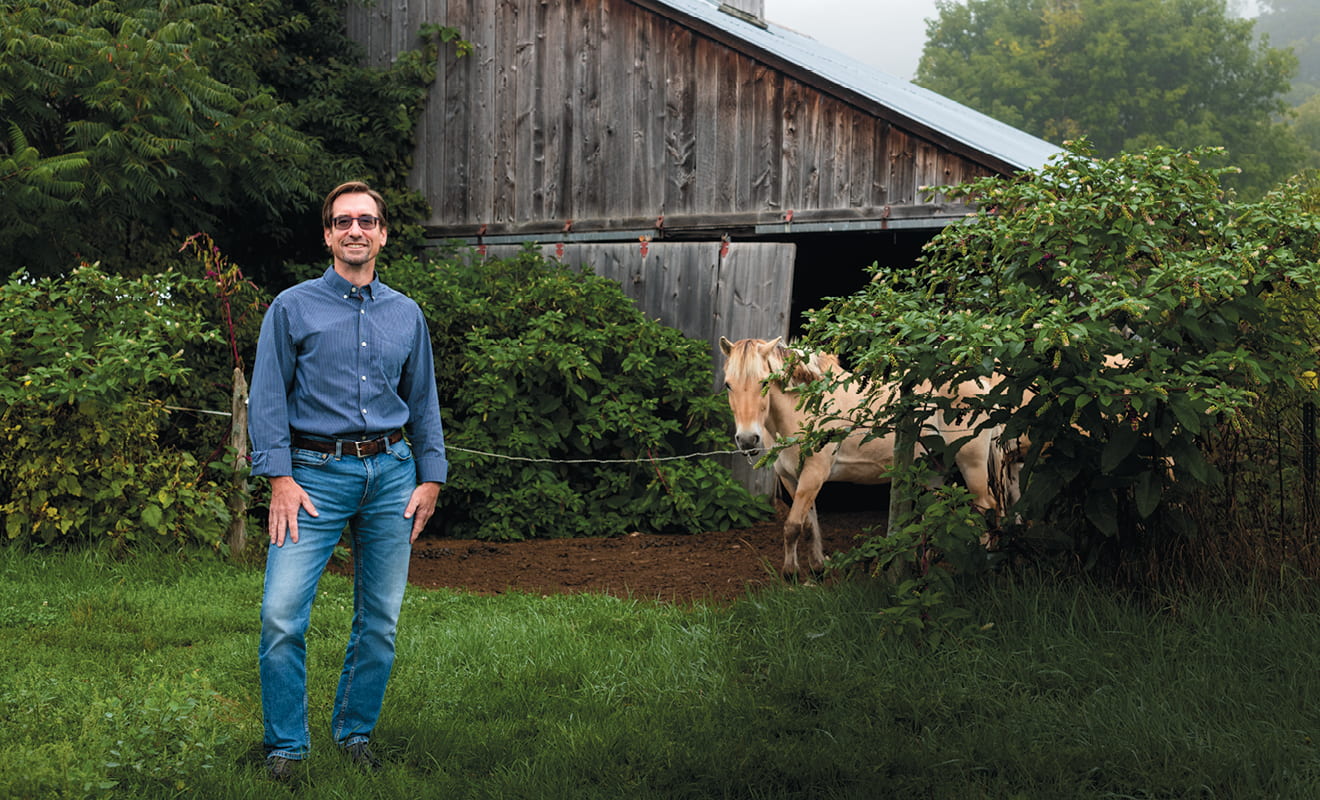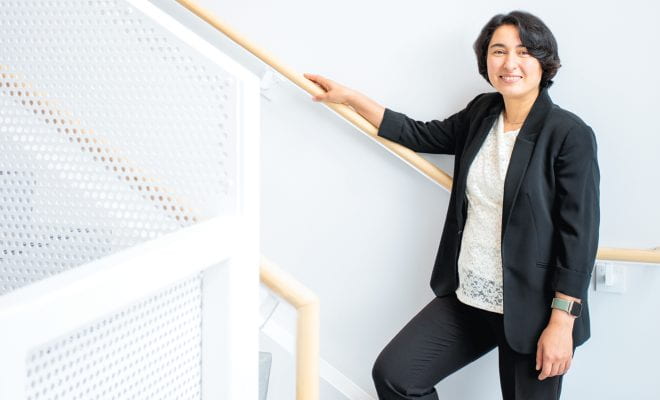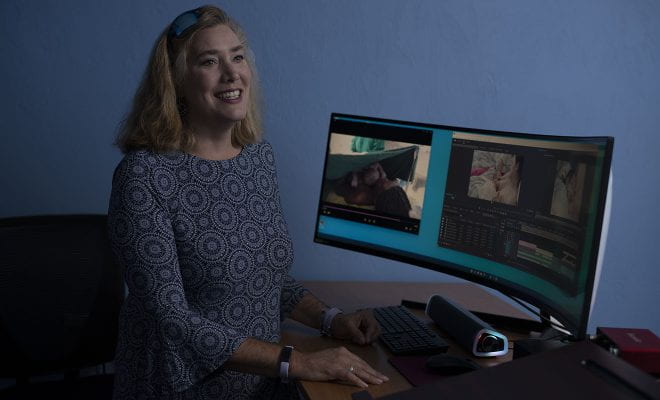Hal Hamilton, then-executive director of the Sustainability Institute, proposed a long-term programmatic focus on food-production systems. Through personal experience as a dairy farmer, Hamilton had seen the existential crises faced by small- and mid-sized farms—from bankruptcies to suicides—caused by the pressures of the existing food system. By focusing on the problems facing food producers through sustained engagement, Hamilton believed that his team could pry open the underlying issues facing the industry as a whole.
With mechanical engineering and sociology degrees in hand, Don Seville was headed for a comfortable—albeit predictable—career path. The biggest decisions he faced were which major consulting firm he’d like to join, and on what tree-lined cul-de-sac he would buy his first home. A question posed by a would-be mentor changed everything.
For several years, Seville had been inundating the environmental scientist and writer Donella “Dana” Meadows with postcards and letters asking if she would serve as his mentor. Her response jarred him into an entirely unforeseen personal and professional trajectory: “Forget your work for a moment,” she wrote in reply. “How do you want to live?” Twenty-five years later, Seville’s life bears the mark of Meadows’ inquiry. He has become a new kind of engineer, bringing the discipline of systems thinking to bear on some of our most stubborn social challenges.
A Ghost in the System
Seville has many strengths, but remaining focused on a small-scale task is not one of them—at least not when the big picture teases far more compelling questions. After graduating from MIT with a master’s degree in Technology and Policy, he found himself consulting with a major luxury-car manufacturer on how to cut product development time from 40 months to 36 months. His team was ultimately successful, but the project presented bigger questions. “I thought, ‘But what are their competitors going to do now?’” he recalls. “They’re also going to exert pressure to get down to 36 months, and then 32. What’s the point? What exactly am I working toward here?”
Early on in his academic career, Seville discovered a passion for systems thinking, an interdisciplinary approach to large-scale problems that methodically explores incentives, causal agents, and the hidden relationships between seemingly disparate elements within a system. The approach of systems thinking may be rooted in an engineering feedback control system mindset, but its theoretical framework is finding application elsewhere, including with matters of social change.
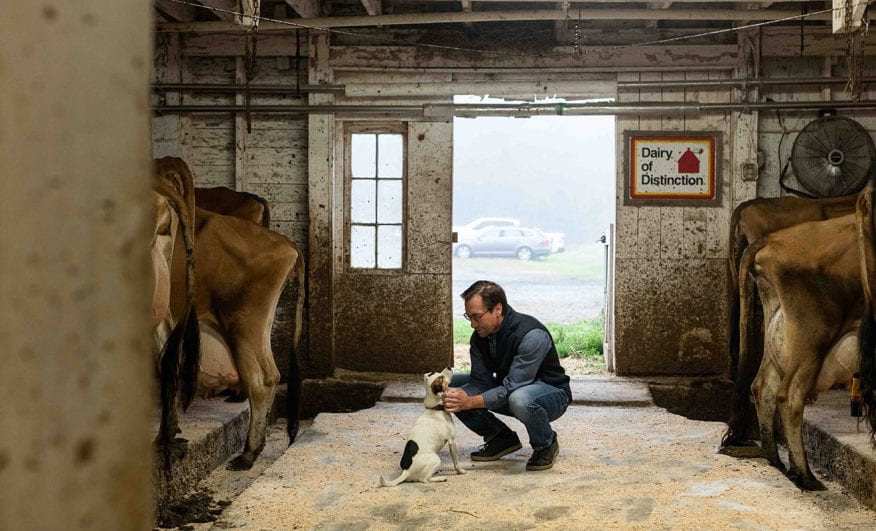
At WPI, he was first introduced to systems thinking by Michael Radzicki, a social science and policy professor who specializes in economics and system dynamics. As Seville tells it, Radzicki pulled back the curtain on what would become a lifetime of curiosity and research. “Through my IQP (Interactive Qualifying Project), I was introduced to the idea that you could take an engineering approach to understanding how systems work, but ground it in the context of people,” he says. “If you do that, you can map out how people believe the world works, and then challenge them to think differently and start creating the future they actually want.”
His research introduced him to the work of Meadows, an environmental scientist and proponent of systems thinking who believed a co-housing community built on working land would be the perfect sandbox to test many of her ideas around conservation and sustainable living. She had her eye on 270 acres in Vermont, and Seville needed little prompting to pick up and head to the Green Mountain State to check it out. A core group of co-founders began to coalesce in 1996, and in 2000, the would-be community broke ground. Meadows envisioned an on-site think tank that used systems thinking as a mechanism for global systems research. Driven by her vision, Cobb Hill Co-housing and the Sustainability Institute were soon born on a pastoral hillside in Hartland, Vt. But in 2001, just as the first families were ready to move into Cobb Hill, Meadows died unexpectedly, leaving the group to launch without its visionary founder.
“It was very hard when the inspiring force disappeared,” says Seville. “Dana was so authentic, and could cut through conflict—now we had to bring this vision to life without a single person who could facilitate arguments and bring people together.” Over time, Seville and other community members stepped into this role, drawing on their own strengths. Though he felt he’d never match Meadows’s ability to inspire, the skills he acquired through his training as a mechanical engineer offered a method of untangling difficult problems, whether the challenge was a fair livelihood for farmers, or 20 families’ agreement on co-housing policies.
Both in our built environment and in our social interactions, there’s a very practical engineering approach—but at its core, we found that having to work together as a community is a fantastic foundation.
Don Seville
“I learned that I’m good at helping people think about what motivates other people so they can get the result they want,” says Seville. “Both in our built environment and in our social interactions, there’s a very practical engineering approach—but at its core, we found that having to work together as a community is a fantastic foundation.”
That shared work begins with the day-to-day concerns of a shared-living community: Who should we invite to be a part of this experiment? How do we heat our homes? What’s the best way to balance our needs as discrete households with the needs of the community? But the goal of Cobb Hill Co-housing was always broader: Seville and his neighbors intended it to serve as a testing ground for reproducible approaches to sustainable living. And for that broader work, the Sustainable Food Lab, of which Seville is now director, is where the rubber hit the road.
Focusing on Food Production
In Cobb Hill’s early years, Seville worked with the Sustainability Institute, which cast a wide net in the global challenges it tackled through systems thinking. From the energy sector to shrimp fisheries, Seville and his colleagues took it all on, but felt frustrated with the limitations of a wide scope. “When you’re parachuting in from one issue to another, you gain some insights, but you’ll never understand or change the underlying relationships,” he admits.
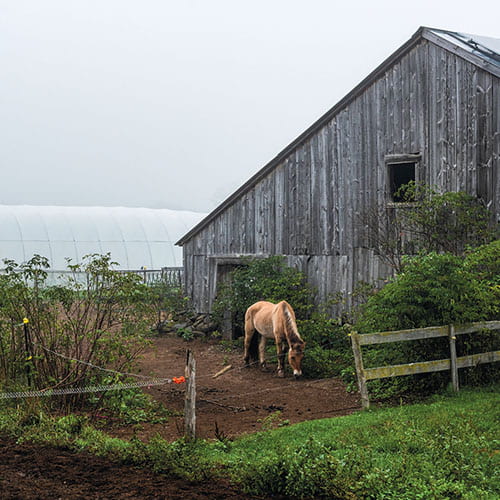
Seville couldn’t have agreed more.
“Among the most critical systems—fuel, water, and food—we decided to go deep on food, engaging the people in that system with the most power to act, particularly the buyers who often set the terms of engagement for farmers,” recalls Seville. Thus the Sustainable Food Lab was born out of the Sustainability Institute, and its new niche proved to be fertile ground. Rather than position itself as an advocacy organization, nipping at the heels of the industry’s largest buyers, the Sustainable Food Lab chose to work closely with the food-buying juggernauts, facilitating conversations among suppliers, buyers, and the farmers themselves, both in the U.S. and in developing countries. The lab currently comprises 13 staff members, with expertise in three categories: regenerative agriculture, carbon neutrality, and sustainable livelihoods for farmers.
Typically, a Sustainable Food Lab project will begin with a company looking to put its sustainability claims into practice, and burnish its reputation along the way. “Branded companies are very conscious of their reputation,” Seville explains. “They want to maintain an overall good reputation and perhaps get an NGO off their backs. That’s a powerful leverage point.” From there, Seville and his team are able to bring multiple players to the table, beginning with their buyer clients and extending to the family farms themselves. In fact, Seville has found that when it comes to facilitating breakthrough conversations, a field is a much better meeting place than a conference room.
“One of our big tools is what we call ‘learning journeys,’ where we get people on a bus and bring them down a bumpy farm road,” he says. These learning journeys often bring together people from every strata of the food system, from large-scale buyers (think Unilever and Nestle) to small-scale farmers—and the suppliers who stand between them.
“When we bring everyone down to a farmer’s field, we set up a very difficult dialogue, one where we can dig into each other’s worlds and start to find connections between people who are otherwise in a pretty tense relationship.” Seville is careful to not let these excursions turn into negotiating sessions; instead, they are carefully facilitated conversations in which players at every level of the food system begin to understand how they fit into the whole, and how the whole creates forces that affect them all. In a phrase, systems thinking.
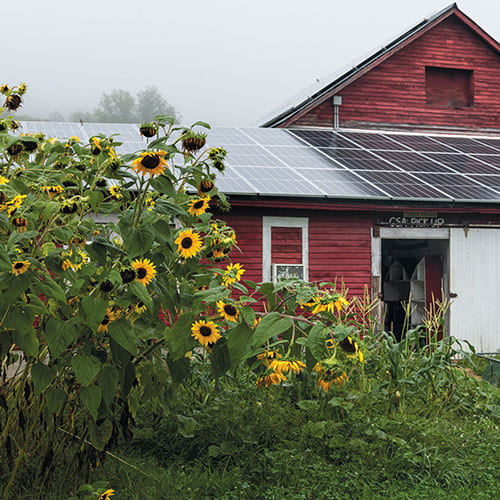
“We may start by asking, ‘What would it take for this farmer to earn a decent living?’ From there, the supplier may share, ‘Well, Mr. Buyer, six months into the year you asked me to decrease prices by 5 percent, so I had to go back and push on the farmer. What else could I do?’” explains Seville. “Once the farmers, suppliers, and buyers really start talking to one another, we find changes that can make a huge difference.”
The interdisciplinary approach inherent to his work makes Seville a tough character to define. He talks like an economist, thinks like a sociologist, and has the soothing manner of a psychotherapist. But the engineer is never far behind. “The training you go through as a mechanical or electrical engineer prepares you to ask good, common-sense questions,” he says. “When you’re examining basic market dynamics, like, ‘If we help this farmer double production and, consequently, double his income, what’s going to happen when everyone does that?’ That’s just thoughtful, causal thinking,” he said. “I come at this work through a [social] justice lens, but my engineering training at WPI and MIT helped me assume that, until proven otherwise, everyone is trying the best they can with the information they have—and it’s our job to uncover how, for example, a buyer may be incentivized to ignore the fact that their push for lower prices affects a farmer’s basic standard of living.”
The work of the Sustainable Food Lab takes Seville and his team to every corner of the globe: from the vanilla farms of Madagascar to the soybean farms of the Midwest. But their work begins at home, quite literally. Seville and his co-housing community have spent the past 20 years running experiments to better understand how humans can lead lives rich in joy, community, and connectedness to the land that surrounds them.
Won’t You Be (and Stay) My Neighbor?
The Sustainable Food Lab may be what has put Seville’s community on the map, but the lab is only one part of Meadows’s vision, foremost of which is the Cobb Hill Co-housing community itself. Built into the hillside like a terraced garden, Cobb Hill comprises 20 discrete households, all connected by a common heating and electrical system. Near the top of the hill sits a colossal wood furnace that provides heat for everyone, fed and maintained on a rotating schedule by the community’s 50 residents. Though each family has a home of its own, the group shares several common spaces for town hall-style meetings and community meals.
One family runs the on-site dairy and vegetable farm, but all residents pitch in to maintain the sprawling property. The annual budget is negotiated in a community-wide meeting, and monthly meetings are used to discuss new policies and other governance questions. Given their commitment to collective decision making and shared living, the pandemic was hard on the group; after a two-year hiatus, they look forward to coming together again soon for a shared meal.
The strains of a close-knit community are not for everyone, and families sometimes opt-out after trying the experiment for a few years. “When the first family moved out, it felt like such a crushing failure of vision,” says Seville. “Five years later, I realized the only way we’re going to survive is if people for whom this doesn’t work feel free to move out and people for whom it does move in.”
You absolutely need to do whatever you can to make a difference. And that has to be enough.
For the 20 families who call Cobb Hill home, the co-housing experiment is an opportunity to test sustainable practices—as well as the consensus-building required to see them through. “At this point, there’s no fossil fuels at all in the heating of our homes. Transportation is our last fossil fuel footprint,” says Seville. “But we don’t all have the same vision of where a tree should go, or whether mowing our lawns is consistent with a commitment to sustainability.” When it comes to the inevitable conflicts, Seville again puts on his facilitator hat, asking the same measured questions he learned at WPI, and that he puts to use every day in guiding major corporations toward more sustainable and just practices. He acknowledges that the human equation has been the most challenging part of managing a shared community, but maintains that perfection is not the goal—trying is enough.
“Cobb Hill is one imperfect experiment on a little corner of land,” he says of the eco-village he calls home with his wife and two children. “This is not a silver bullet as to how to live sustainably; it’s just our intentional choice to live on a farm where we’re involved in food production, working alongside our neighbors, and trying to maintain environmentally sustainable homes. But this is just one option.”
From the patience and critical thinking required to successfully manage a co-housing community, to the deep analysis it takes to help corporations and farmers see a way toward better practices, Seville points to his engineering roots as what makes it possible. “You absolutely can use a science and engineering background to tackle social or business problems,” he says. This fall, Seville’s son, Finn, began his academic career as a WPI freshman. “Even if he doesn’t end up becoming an engineer, I’m delighted that this is his starting point. That background always pays off.”
Seville walks across the meadow at the top of Cobb Hill and begins picking his way along the gravel path that winds past his neighbors, the community farm, and back to the offices of the Sustainable Food Lab. “You absolutely need to do whatever you can to make a difference,” he says. “And that has to be enough.”



